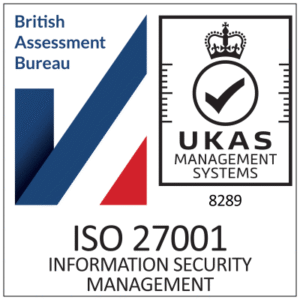
Virtual Reality Comes of Age
VR Goes beyond the Catwalk at IFA 2015

The IFA 2015 trade show provided more evidence that VR is poised to “come of age”, with several trailblazers offering test drives with encouraging results.
We were able to try several VR headsets at IFA 2015, including HTC’s Vive and Sony’s Morpheus. The experiences confirmed our view that the technology is making incredible progress, with the devices providing the most immersive and engaging VR experiences we’ve seen to date. The HTC Vive’s ability to provide “zoning” so the user can move around until they reach a “virtual wall” is extremely compelling, though HTC’s recent announcement that the Vive won’t be available until 2016 suggests this will be complex to deliver.
There was still significant interest in Facebook’s original Oculus Rift development headset, which was being displayed at several stands to demonstrate content — a possible indication that it remains the platform of choice for development in the VR industry. Oculus will hold its annual Connect event later in September, and we expect this to result in further concrete developments in its commercial plans. A VR headset from games accessories maker Razer also caught our eye. The device is based on the Open Source Virtual Reality platform and a smartphone VR accessory from Carl Zeiss, which appears to be achieving growing momentum in the market.
The long queues for the general opening of IFA on Saturday were an encouraging sign for VR. Members of the public waited for up to three hours to try Sony’s Morpheus, and appointments to test HTC’s Vive were fully booked in minutes. This level of excitement from the audience is a clear endorsement of the interest in the technology. HTC and Sony, both of which have been struggling with smartphone market share, will be encouraged by their mindshare leadership at this early stage of VR.
However, a growing area of concern is the number of cheaper, generic VR headsets that we believe could leave a negative mark on the product class. These badly implemented VR solutions offer near-nauseating experiences for the user. The risk for this nascent industry is that these poor, lower-cost copy-cat products will end up selling in volume over the Internet and causing reputational damage to the entire category. Market leaders will need to monitor the problem.
Overall, we are reassured that a virtual reality market is about to develop. The complexities of bringing a smooth VR experience to a consumer-level device shouldn’t be underestimated, but the market leaders are meeting the challenges. There is also the uncertainty of how companies can allow consumers to experience the devices in order to understand their potential. Manufacturers will need to address this, perhaps with showcases like those at IFA and through physical installations in shops. If these challenges are overcome, VR headsets could become a must-have consumer electronics product for many homes or individuals, particularly as a network effect kicks in. Virtual reality tech is now exceeding expectations, and there’s no reason to think that sales couldn’t do the same.
 |
If you’d like to receive free Daily Insight |
 LinkedIn
LinkedIn
 Email
Email
 Facebook
Facebook
 X
X
